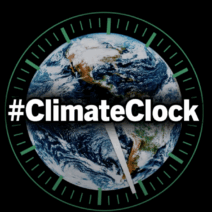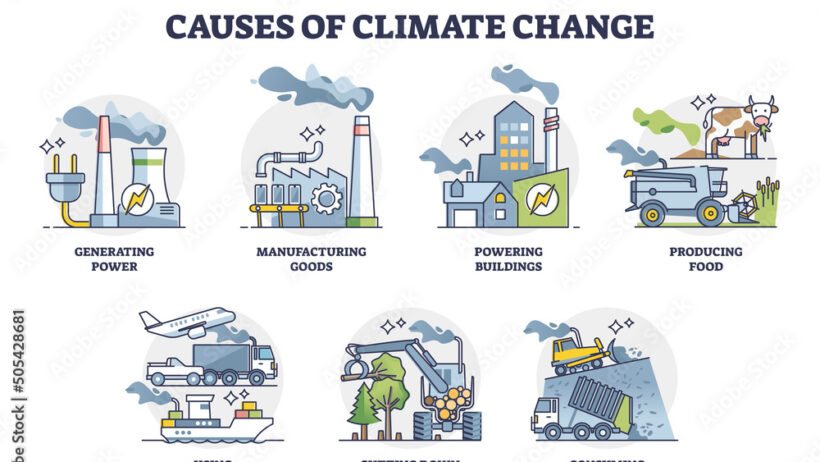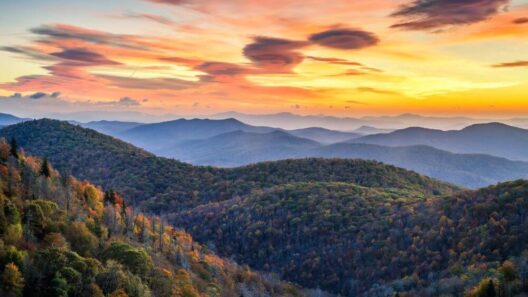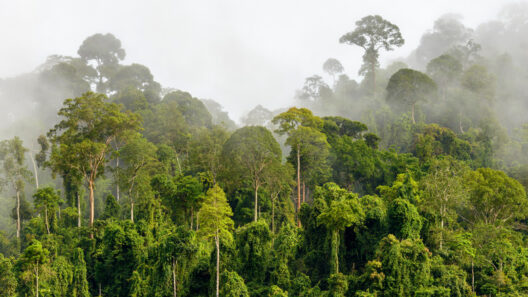When contemplating the myriad factors contributing to short-term climate change, one cannot overlook the profound impact of volcanic activity, oceanic currents, and the chaotic interplay of these elements within the Earth’s climatic system. Are we prepared to delve into the tumultuous relationship between these natural phenomena and the dynamics of our ever-changing climate? The juncture at which geology meets meteorology invites a deeper understanding of how transient yet potent events sculpt our planet’s atmospheric conditions.
Volcanoes serve as formidable agents of climatic alteration. When a volcano erupts, it releases an enormous volume of ash, gases, and aerosols into the atmosphere. These emissions can lead to a reduction in sunlight reaching the Earth’s surface, manifesting as a temporary cooling effect. The 1991 eruption of Mount Pinatubo in the Philippines exemplifies this phenomenon. It injected approximately 20 million tons of sulfur dioxide into the stratosphere, forming a veil of sulfate aerosols that persisted in the atmosphere for several years. As a result, global temperatures dropped by about 0.5 degrees Celsius for the following year. Such fluctuations highlight a critical aspect of volcanic activity: its capacity to induce abrupt climatic shifts that may counteract longer-term warming trends.
However, the question remains—what are the broader implications of recurring volcanic eruptions on climate change policy and awareness? The sporadic nature of volcanic activity complicates our predictive models. Legislators and environmental advocates must grapple with the instance where significant volcanic activities could momentarily overshadow the persistent threat posed by anthropogenic greenhouse gases. The interplay between these natural events and human-induced change requires continuous re-evaluation of climate strategies.
On the other hand, ocean currents, both large and small, dictate not only the temperature of vast regions but also influence atmospheric conditions by redistributing heat across the planet. The El Niño-Southern Oscillation (ENSO) is a prominent player in this arena, characterized by the periodic warming of surface waters in the central and eastern tropical Pacific Ocean. This warming has widespread implications, affecting tropical and subtropical climate patterns worldwide. Conversely, the La Niña phase, marked by cooler ocean temperatures, can promote different climatic outcomes, such as increased hurricane activity in the Atlantic.
The challenge, therefore, lies in understanding how these oscillatory patterns interact with volcanic phenomena. Does an eruption coincide with a particular ENSO phase, exacerbating its already profound effects? The scientific community continues to explore these interconnected variables, yet gaps in knowledge remain. As researchers endeavor to unravel this complexity, they grapple with the potential for chaotic outcomes—shifts in precipitation, changes in agricultural productivity, and alterations in marine biodiversity become pressing concerns for societies worldwide.
Moreover, the chaos theory itself posits that small changes in initial conditions can lead to vastly different outcomes, suggesting that even minor volcanic eruptions could interact with oceanic currents in unpredictably dramatic ways. This unpredictability poses a formidable challenge for climate modeling and forecasting. Awareness of the inherent uncertainties within climate science empowers communities to adapt and build resilience against sudden climatic variations. Yet, fostering this consciousness also necessitates clear communication of scientific findings and their implications to diverse audiences, transcending the boundaries of specialized knowledge.
As we analyze short-term climate change drivers, it is pertinent to consider the cascading effects of perturbations in the geophysical landscape. When a volcano erupts, it not only alters atmospheric conditions but also disrupts local and global ecosystems. The immediate impact on agriculture and biodiversity can trigger complex feedback loops that prolong climatic disturbances. Therefore, understanding the ecological consequences of volcanic eruptions alongside their climatic effects is vital for comprehensive climate policy.
Engaging in this discourse raises another question: Are communities adequately prepared for the potential effects of volcanic eruptions on climate and their subsequent socio-economic ramifications? Ignoring the connection between natural phenomena and climate change may lead to underpreparedness, exacerbating vulnerabilities. The atmospheric shifts brought about by volcanic eruptions necessitate rigorous contingency planning, resilient infrastructure, and restorative practices that account for both immediate and long-term impacts.
In tandem with these factors, the phenomenon of heat waves, which can be catalyzed by both volcanic activity and altered ocean currents, exacerbates the urgency of understanding short-term climate influences. The sweeping heat cradled within the oceans—whether through warm currents or the thermal inertia of water—interacts with atmospheric conditions to create dangerous weather events. As such, the intersection of volcanic activity, ocean currents, and resultant heat waves exemplifies the multifaceted challenges posed by climate science.
In conclusion, the origins of short-term climate change lie at a chaotic crossroads, with volcanic eruptions and oceanic currents playing pivotal roles. This complexity invites a holistic approach to understanding climate variability. Climate scientists, policymakers, and community leaders must recognize the interconnectedness of these elements, promoting a comprehensive dialogue that embraces uncertainty while fostering preparedness. Addressing the implications of short-term climatic shifts not only enhances our understanding of natural systems but is also essential for mitigating long-term climate risks. A multifaceted lens on climate change allows for adaptive strategies that can withstand the chaos—rather than merely react to it. After all, the challenge extends beyond mere observation; it compels a response that safeguards future generations against an unpredictable climate landscape.







